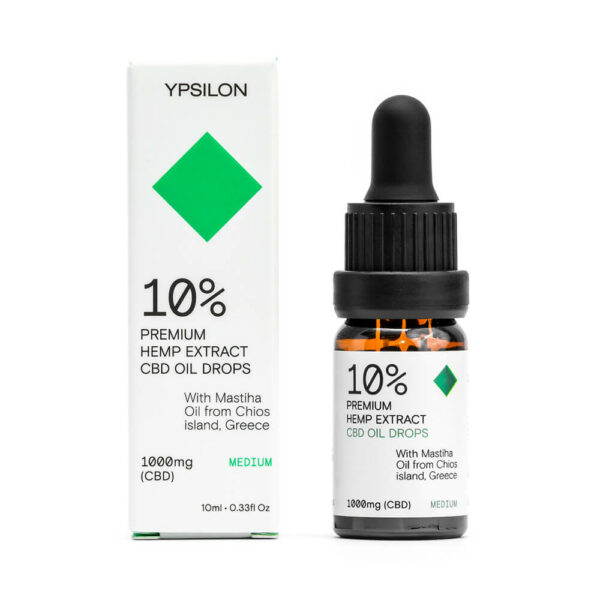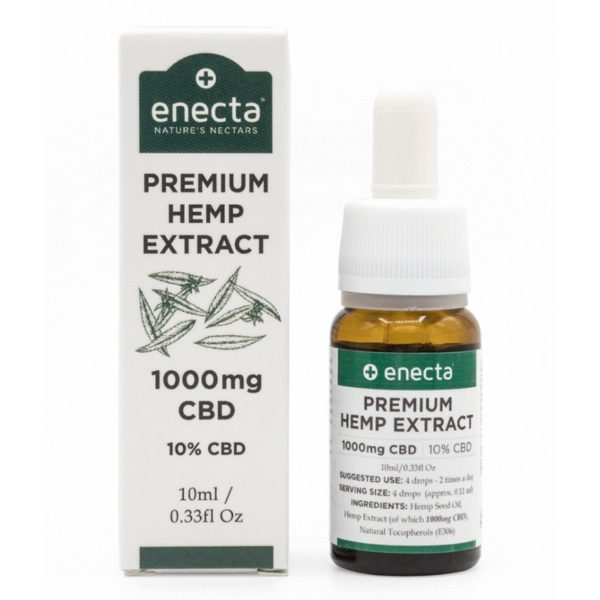What Ιs Cannabidiol (CBD)
Cannabidiol (CBD) is a chemical compound detected in cannabis plants, known for its various uses and beneficial properties since ancient times. It is a substance formed by decarbonization, which leads to the reduction of cannabidiolic acid (CBDA) carbon dioxide. Cannabis plants have more than 400 compounds, out of which cannabidiol is one of the most discussed and promising. We find high percentages of cannabidiol in hemp plants (Cannabis Sativa L., industrial cannabis). These plants are strains aimed at industrial use with low tetrahydrocannabinol (THC).
Cannabidiol is a legal substance in various countries. Universities and certified public, international, and private institutions dedicate part of their research to CBD, indicating many applications and uses for humans and animals.
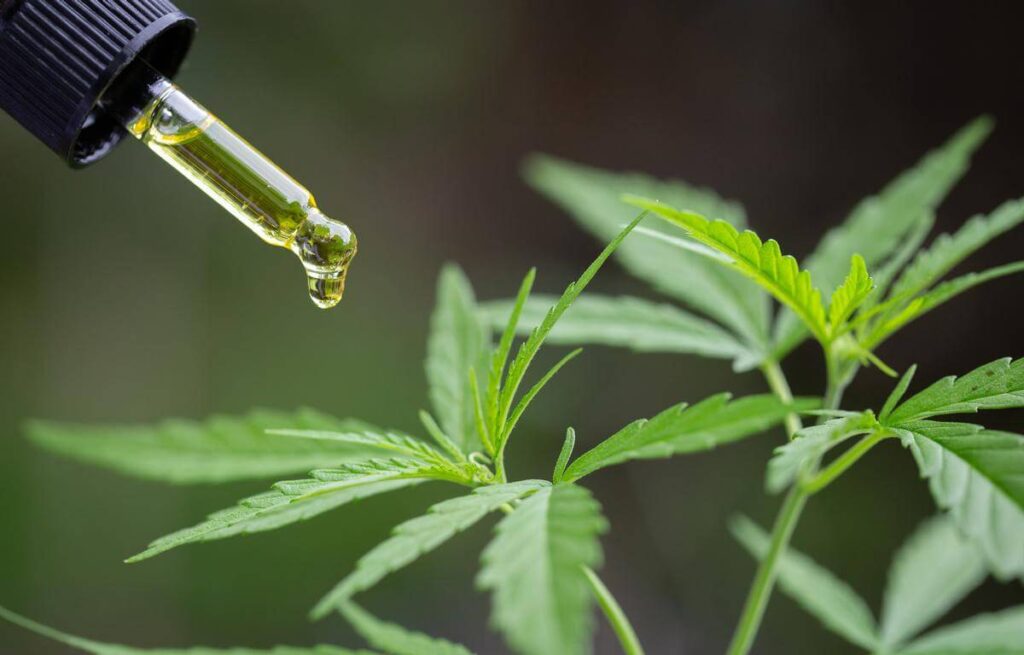
Cannabis historical facts
We can find various references for hemp from antiquity to nowadays. Many cultures used it as food, raw material for multiple constructions, treatment, or ritual-recreational purposes. However, we will start from the beginning of the previous century and slightly earlier when the research started inside the laboratories. In early 1830, the Irish physician William Brooke O’Shaughnessy, an expert in botany and chemistry, studied the cannabis plant by dividing it into botanical character, popular uses, historical details, and medicinal properties.
Later, he observed in his horse study that the hemp resin may not have treated tetanus but significantly reduced the symptoms leading to intense spasticity. At the beginning of 1940, chemist Roger Adams studied cannabis and its properties, publishing 27 papers in the scientific magazine, The American Journal of Chemistry. He was the first to detect cannabidiol(CBD) and cannabinol (CBN) in a cannabis plant, while in 1942 won a patent for isolating CBD. Two decades later, in 1963, Raphael Mechoulam isolated cannabidiol for further research to demonstrate the various plant properties.
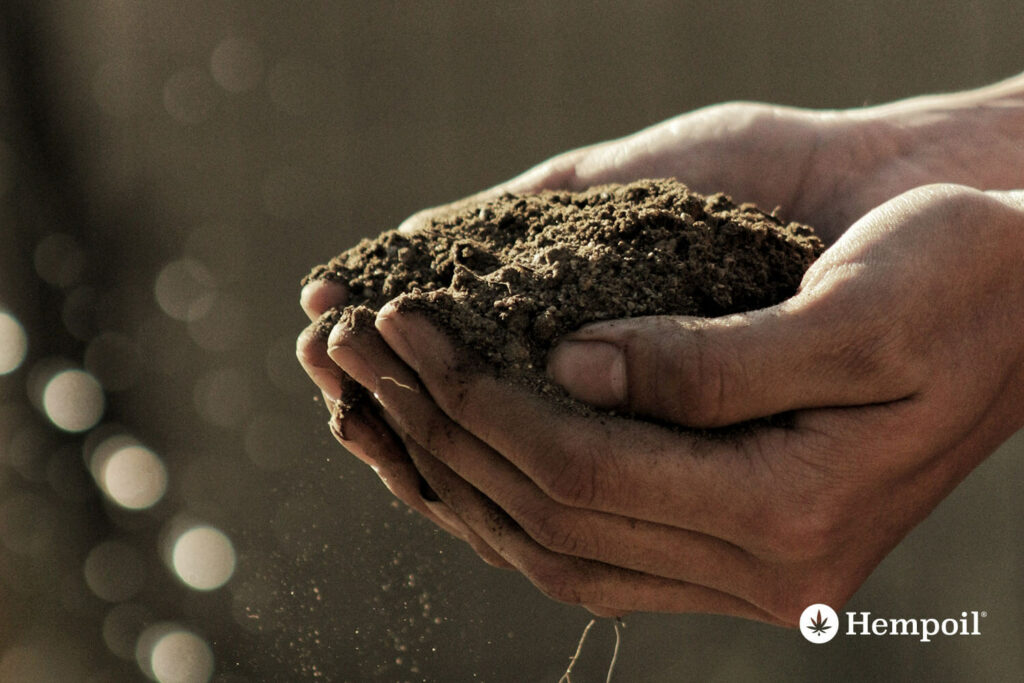
Since then, we can find many studies about cannabidiol, while CBD research is still ongoing. The World Health Organization (WHO) recently referred to cannabidiol as a non-toxic, and non-addictive substance. The same report also mentions that cannabis cultivation is affected positively by the soil, temperature, and environment, while it is negatively affected by rain.
What is so special about cannabidiol (CBD)?
Cannabidiol CBD is one of the cannabinoids that contributed to the legalization of cannabis, thanks to its beneficial properties in various diseases after clinical studies. Last year’s research proves the positive effect that this substance can offer to the organism and the reduction of multiple symptoms in many conditions. Cannabidiol has remarkable results regarding seizures in various cases of infantile epilepsy and animal epilepsy.
Cannabidiol has remarkable results regarding seizures in various cases of infantile epilepsy and animal epilepsy. Cannabidiol and other cannabinoids alert the endocannabinoids that already exist in our endocannabinoid system. It is a process that strengthens the immune system, contributing to the balance of the biological function of the organism, in other words, its homeostasis. It is a substance that contributes to the balance of the essential functions of the organism.
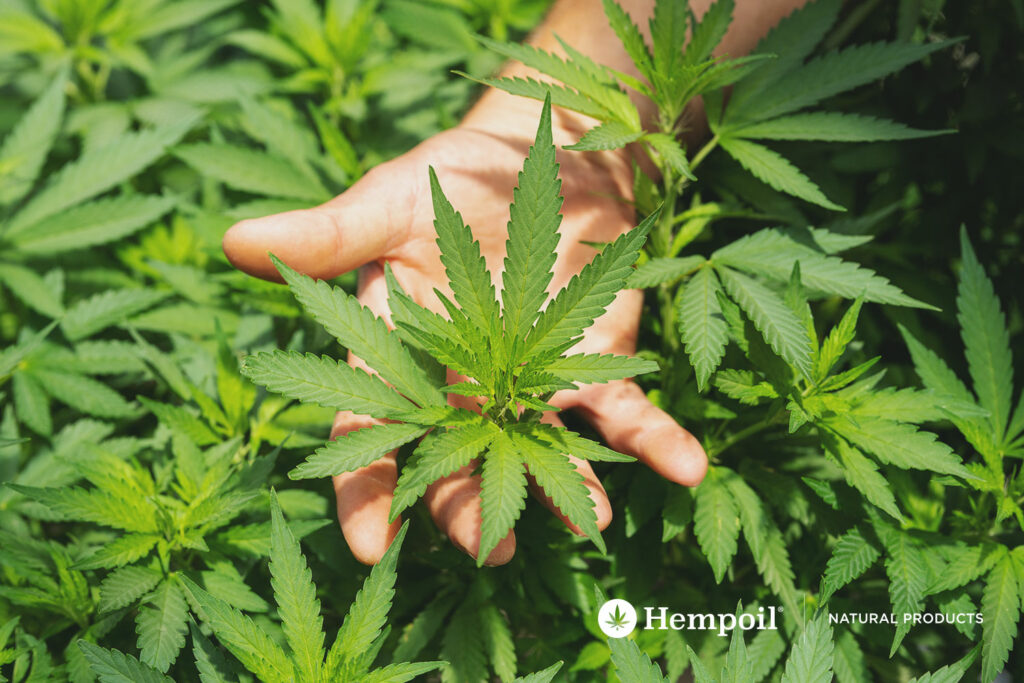
In an interview by Project CBD, Dr. Ethan Russo declares that cannabidiol has anti-psychotic and stress relief effects. Also, CBD counteracts tetrahydrocannabinol (THC), reducing its side effects and increasing at the same time the properties of CBD and THC. Furthermore, he underlines that cannabis is a herb with a combination of substances that offer various beneficial properties to the organism. For example, cannabis has cannabinoids but terpenes responsible for the aroma, flavor, and therapeutic potential.
Dr. Ethan Russo refers that cannabidiol combined with tetrahydrocannabinol and caryophyllene may reduce chronic pain, and help someone struggling with opioid abuse. Dr.Ethan Russo explains that while tetrahydrocannabinol interacts with CB1, concentrated in the central nervous system, cannabidiol is not binding to the receptor similarly. On the contrary, CBD may act as a negative allosteric modulator of CB1. Therefore, combining the two cannabinoids may counteract the effects of THC but also enhance its medical properties when combined with the benefits of cannabidiol, increasing all the beneficial properties.
CBD (Canabidiol) Properties
According to the World Health Organization (WHO) report, cannabidiol can help treat the symptoms of some diseases. However, there aren’t any official references, such as in epilepsy cases, because the studies are still in the preclinical phase as the regulations are different from country to country. Nevertheless, cannabidiol’s beneficial properties are already appreciated.
Specifically, cannabidiol has shown significant results in the Dravet syndrome and Lennox-Gastaut (LGS) syndrome, both of which are challenging situations in infantile epilepsy because there is no response to antiseptic drugs. Studies have shown that CBD significantly reduced epileptic seizures and, in some cases, even stopped them. There are ongoing studies about cannabidiol and its uses, CBD and drugs, dosage, and other cannabinoids.
Anti-stress effect – Cannabidiol, according to the studies, contributes to stress relief and aims to overcome insomnia. The European Journal of Pain published οne research about the beneficial properties of CBD oil use on the skin and the decrease of the sense of pain, and inflammation because of arthritis.
CBD (Cannabidiol) is Beneficial Properties recognized by the World Health Organization (WHO)
- Neuroprotective
- Anti-epileptic
- Cardio-protective
- Stress relief
- Anti-psychotic
- Analgesic
- Anti-inflammatory
- Anti-asthmatic
- Anti-cancer
Other diseases and conditions that CBD is effective:
- CBD soothes Psoriasis symptoms
- Reduces the Rheumatism symptoms
- Manages effectively the symptoms caused by asthma
- Overcomes the symptoms of Post Traumatic Stress Disorder(PTSD)
- Soothes the symptoms of Multiple Sclerosis (MS)
- Relaxes the sense of diffuse pain
- Antidepressant properties
- Contributes to weight loss and the regulation of metabolism
- Aims to the reduction of premenstrual syndrome symptoms (PMS)
WHO refers that cannabidiol can be used potentially in the treatment of drug addiction, such as opium, cocaine, cigarettes, and psychoactive substances
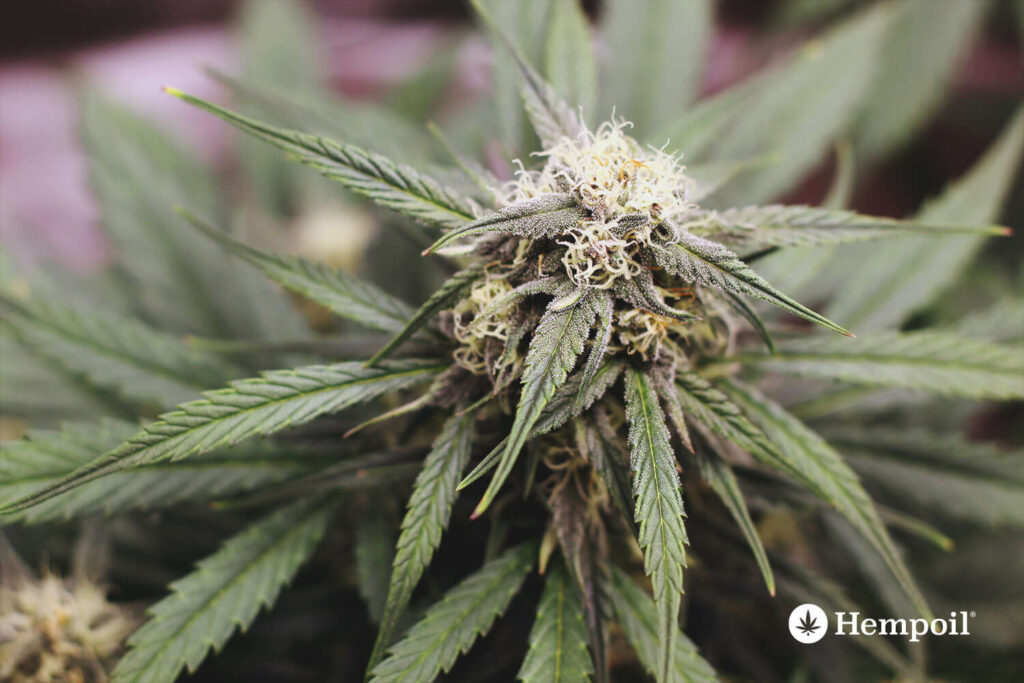
CBD Oil Use – General Information
In the Greek market, many cannabidiol products contain CBD in different percentages depending on personal taste and goal. Indicatively, we refer to some product categories, while further information you will find in the section “Learn about Cannabidiol- How to use CBD”.
- Personal Care with CBD
- CBD Oil and Raw CBD Oil
- Cannabidiol capsules
- Cannabidiol Edibles
- Cannabidiol CBD crystals
- CBD Cannabis Flowers
Cannabidiol Side-effects
Despite the WHO report about CBD as a non-toxic substance and its safety profile, it can have side effects in some cases. Therefore, they are not permanent but temporary and vanish quickly. We should underline that if you are under medical prescription, consult your physician before using cannabidiol to achieve the desired result. We refer to some side effects: fatigue, cotton mouth, dizziness, appetite or weight fluctuations, and diarrhea. The symptoms stop when we decrease the dosage, switch the product to another with a different cannabinoid profile, or cease the consumption if we take other medication.
How long does cannabidiol last in the organism?
How long cannabidiol lasts in the organism depends on the CBD percentage, the product, the cannabinoid profile, the metabolism, the health condition, and the physical characteristics of each person. Usually, CBD “stays” in the human body from 2 to 8 hours. Although, for some people, CBD may last much longer.
To be more specific, CBD capsules have an effect that starts about an hour after consumption and last approximately 6-8 hours. The human body absorbs CBD Oil in 30 minutes and it lasts 2.4 hours. Cannabidiol vaping has the quickest effect which starts several minutes after use and lasts approximately one hour. Cannabidiol topical use starts the give effects 2 hours after the application on the spot and lasts about 5 hours. The World Anti-Doping Agency- WADA removed cannabidiol from the prohibited list, and is not traced in the controls. But, if the CBD product contains THC even in small amounts, then the athlete will result positive.
CBD vs CBG
Cannabigerol CBG is the precursor of all cannabinoids. In other words, CBG is the cannabinoid that forms the other cannabinoids, like CBD and THC. Cannabigerol binds like THC to the CB1 receptor and CB2 receptor but is non-psychoactive like CBD cannabidiol. CBG is abundant in the early growth stages of the cannabis plant to later be converted into other cannabinoids, as mentioned above. Also, it has anti-inflammatory and anti-depressive effects. A lot of ongoing studies thoroughly investigate the anti-cancer effects. When using CBG, the duration in the body depends on the amount of consumption and the metabolism. Usually, cannabigerol “stays” for about 24-48 hours in the body, but it can last up to a week.
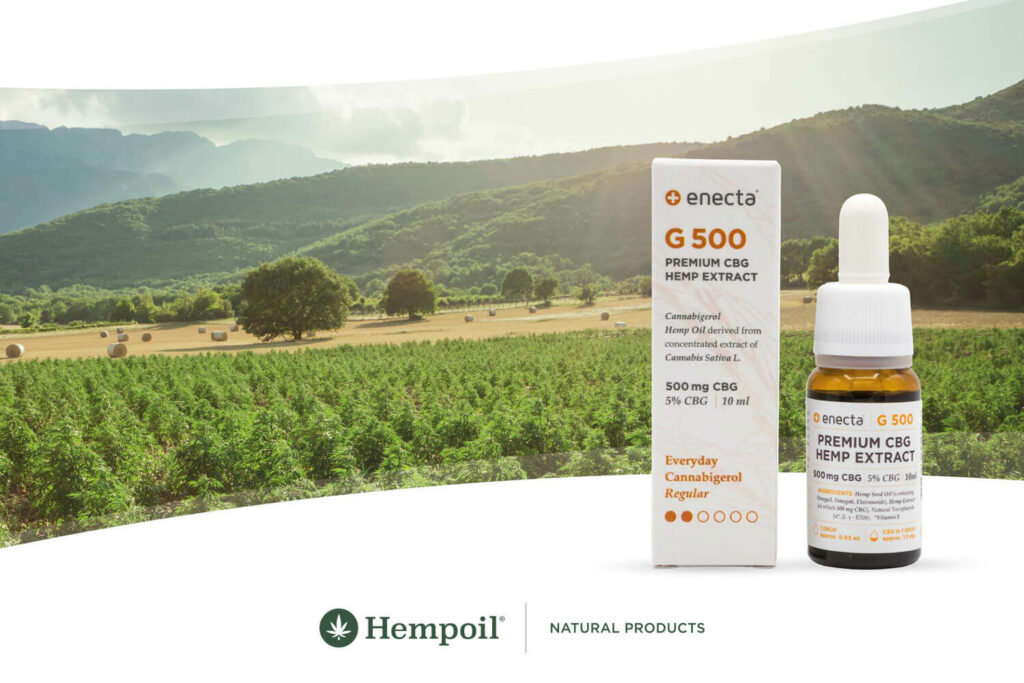
CBD or THC
We will briefly refer to this controversial distinction between cannabidiol and tetrahydrocannabinol (CBD or THC). Tetrahydrocannabinol is the bone of contention for researchers and institutions and is the main reason cannabis is illegal or legal by treaty. The reason THC is illegal is its psychoactive effect. However, many studies demonstrate the beneficial effects on various disorders. It is mostly recognized for its anti-emetic and anti-cancer effects. THC use, like other cannabinoids, has a different duration depending on the product. In the form of an oil or other edible preparation, the effect starts after one to two hours and lasts about 8-12 hours.
The THC duration depends on each person’s metabolism as well as on the content and amount of consumption. When vaping or smoking, the effect begins to be felt in the first ten minutes and lasts 1-3 hours. However, at this point, we emphasize that tetrahydrocannabinol remains in the body for some time. For example, in the blood, it lasts 24-48 hours, the saliva 24-72 hours, and urine 3-30 days. In the hair, depending on the use, it can be seen up to and after 90 days.
To conclude, remember that no herb is a panacea, just as no nutritional supplement can replace a balanced diet combined with exercise and healthy habits. Nature has many benefits to offer us as long as we learn to observe without restrictions due to ignorance.

